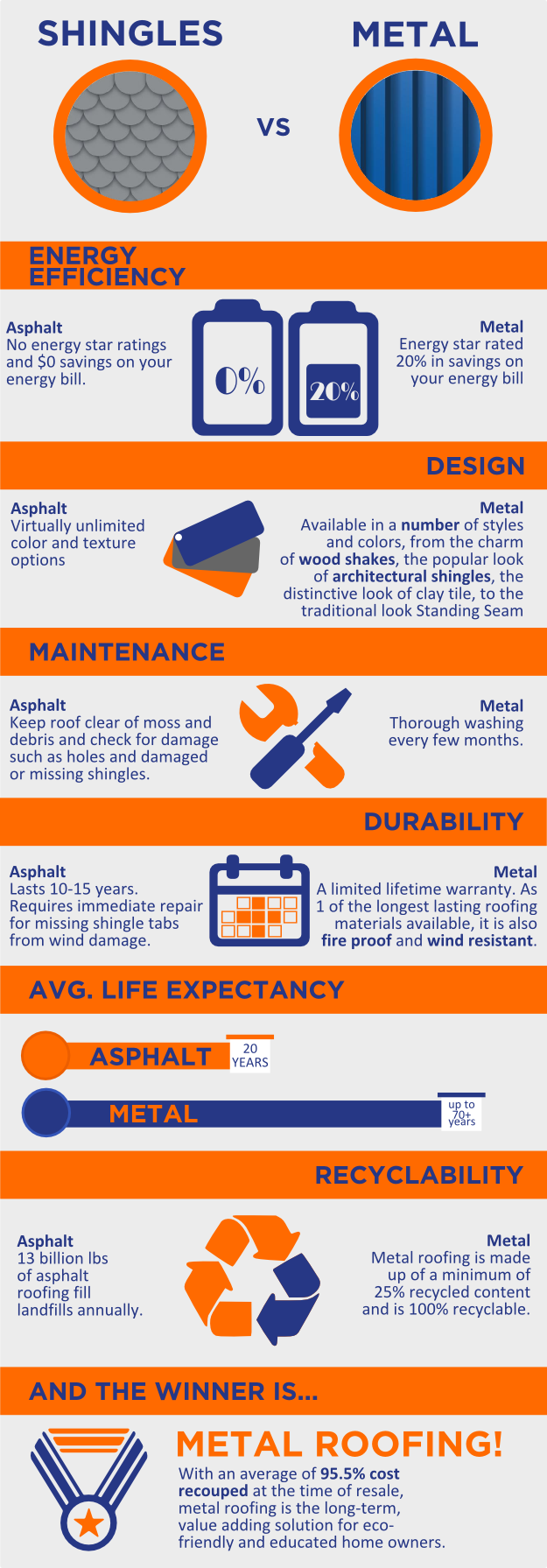Mull Over The Costs And Advantages Of Solar Installation To Reveal The Possible Financial Gains Awaiting Those Considering This Renewable Resource Investment
Mull Over The Costs And Advantages Of Solar Installation To Reveal The Possible Financial Gains Awaiting Those Considering This Renewable Resource Investment
Blog Article
Short Article Composed By-Holdt Stiles
When considering the prices of solar setup, you might wonder about the upfront investment needed and whether it aligns with the prospective long-lasting advantages. Comprehending the complexities of these expenditures and the numerous elements affecting the general return can shed light on the worth recommendation of transitioning to solar power. By evaluating lg residential solar panels and the predicted financial savings gradually, you can obtain understanding into whether the investment in solar installation holds pledge for your economic future.
First Arrangement Expenditures
When considering the costs of solar installment, the preliminary setup expenditures play a critical role in your decision-making process. These in advance expenses include the rate of photovoltaic panels, inverters, placing tools, and installation labor.
The price of photovoltaic panels can differ depending upon the brand name, performance, and dimension you select. Inverters are vital for converting the sunlight's power right into usable electrical energy and come in different kinds such as string inverters, microinverters, and power optimizers, each with its very own price implications.
Installing devices, such as racks and rails, is needed to safely set up solar panels on your roof or residential property.
The installment labor expense covers the expert installation of the solar system, making sure that whatever is set up properly and successfully. Keep in mind that while these first arrangement costs might appear high, there are commonly refunds, tax obligation motivations, and financing alternatives offered to help balance out the costs and make solar setup extra affordable over time.
Long-Term Cost Savings Analysis
To recognize the economic advantages of solar installment in time, it's important to conduct a comprehensive long-term financial savings evaluation. While the initial configuration expenses of solar panels might appear challenging, the long-term financial savings can outweigh these prices substantially. By harnessing the power of the sun to produce electricity for your home, you can potentially conserve countless dollars on your energy costs over the lifespan of your planetary system.
One of the essential variables to consider in a long-term financial savings evaluation is the decrease in your electrical energy bills. With solar panels, you can create your power, minimizing or even eliminating your reliance on the grid. This can bring about substantial financial savings, specifically as utility prices remain to rise.
Furthermore, many federal governments offer motivations such as tax obligation credit reports and rebates for mounting photovoltaic panels, additionally improving your long-lasting cost savings. By making https://10-watt-solar-panel34321.is-blog.com/36242684/leading-advantages-of-solar-installment-why-you-need-to-think-about-making-the-switch-over of these rewards and optimizing your solar power production, you can delight in significant monetary advantages for years to come.
Roi Computation
Considering the monetary benefits of solar setup, it's time to analyze the Roi (ROI) computation. Establishing the ROI includes contrasting the total expenses of setting up a planetary system with the financial advantages it creates over its life-span.
To determine ROI, divide the internet benefit from the system by the total financial investment expense and increase by 100 to obtain a portion. The ROI formula is: (Internet Earnings/ Overall Investment Cost) x 100.
As an example, if the total cost of installing a solar system is $20,000, and over its lifespan, it produces savings and incomes completing $30,000, the net profit would certainly be $10,000. Dividing this by the total financial investment cost of $20,000 provides a ratio of 0.5. Multiplying this by 100 offers an ROI of 50%.
Normally, a greater ROI suggests a much more monetarily gratifying financial investment. Aspects like federal government motivations, upkeep expenses, and power rate fluctuations can influence the ROI of solar setups. Understanding the ROI helps in analyzing whether purchasing solar power deserves it in the long run.
Conclusion
In conclusion, recognizing the costs of solar installation is important for identifying if it is worth the investment. By thinking about initial setup expenses, performing a long-term financial savings analysis, and calculating the roi, you can make a notified choice about the economic value of solar power. With the potential for minimized utility costs and boosted power self-reliance, purchasing solar installation can be a clever choice for both your pocketbook and the atmosphere.
